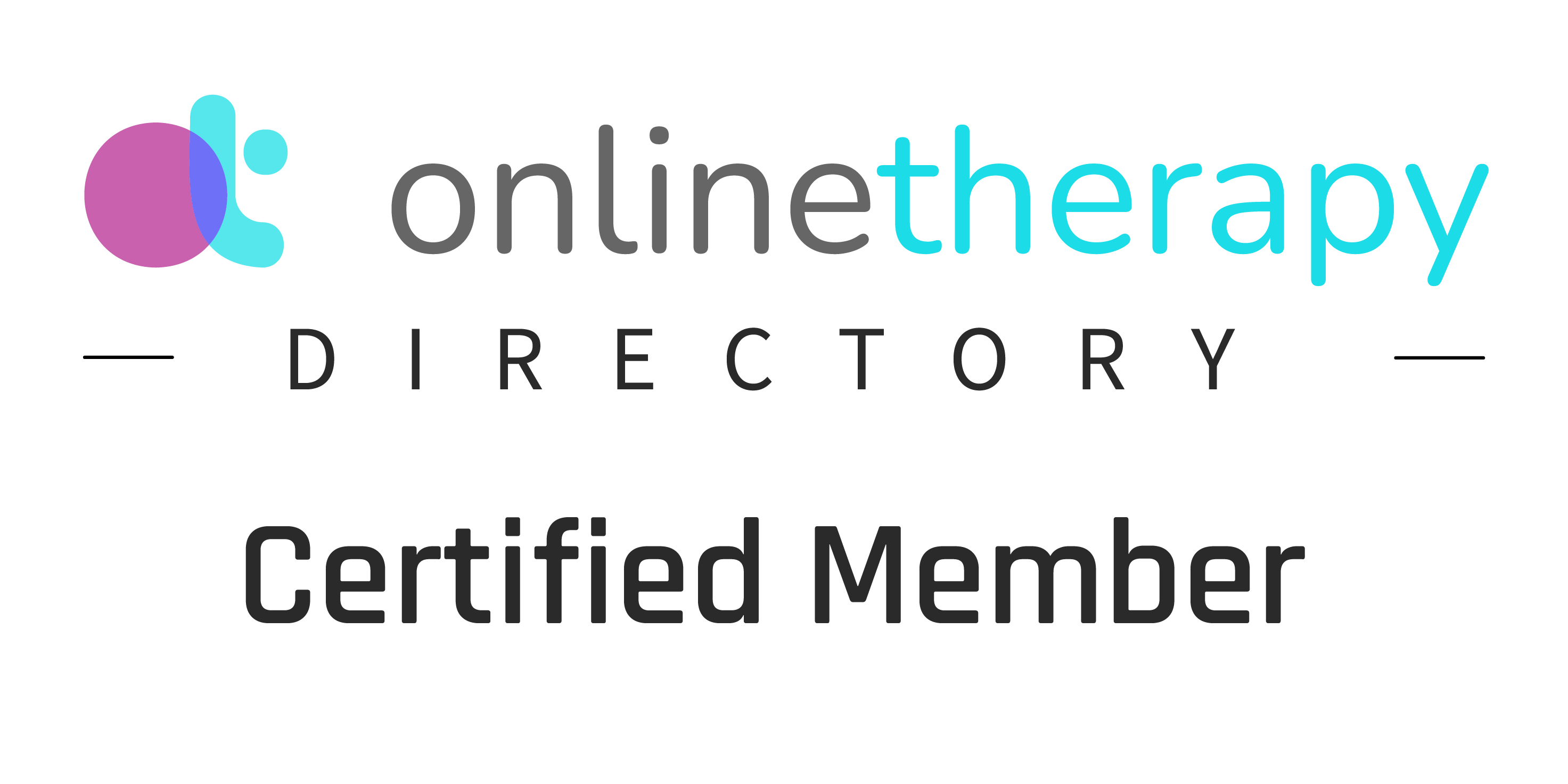How Trauma Impacts the Body: An In-Depth Exploration of Mind-Body Healing
Trauma is a profound experience that leaves an indelible mark not only on the mind but also on the body. Dr. Bessel van der Kolk’s influential concept, “The Body Keeps the Score,” highlights how trauma imprints itself into our physiology, influencing both physical and mental health. This deep connection underscores the necessity of a holistic healing approach that addresses trauma on multiple levels. Let’s explore the intricate ways trauma affects the body and how integrative therapies can foster recovery.
Trauma's Lasting Physical Impact
When an individual experiences trauma, the body’s survival instincts activate. These fight, flight, or freeze responses are designed to protect us in moments of crisis, triggering a surge of adrenaline and cortisol to sharpen focus and boost energy. Ideally, these stress responses are short-lived, subsiding once the threat has passed. But for many trauma survivors, these responses linger, manifesting as long-term physical symptoms.
The Toll of Chronic Stress Hormones
When trauma remains unprocessed, continuous exposure to stress hormones can disrupt bodily functions, leading to a range of chronic symptoms. Survivors often experience:
Chronic Pain: The body may tense up, creating muscular tightness that can contribute to persistent pain.
Digestive Issues: The gut-brain connection means stress can significantly impact digestion, potentially causing issues like irritable bowel syndrome (IBS).
Fatigue: Constant activation of the stress response depletes energy reserves, often resulting in severe fatigue.
Inflammation: Elevated cortisol levels can suppress the immune system, making the body more prone to inflammation and related conditions.
These symptoms signal the body’s ongoing struggle to heal and highlight the need for trauma-sensitive healthcare that addresses both physical and psychological wounds.
The Mind-Body Connection: A Key to Understanding Trauma
The mind and body are deeply intertwined, and trauma often disrupts this harmony. One common consequence is dissociation, a defense mechanism that detaches an individual from their bodily sensations and emotions, allowing them to cope with overwhelming distress. However, this disconnect can persist, making it challenging for trauma survivors to feel fully present or in control of their bodies.
Reintegrating the mind and body is essential in the trauma recovery process. By restoring this connection, individuals can begin to process their experiences on a deeper level, paving the way for holistic healing.
Healing Through Somatic Therapies
Somatic therapies provide a powerful pathway to trauma recovery by focusing on the body’s sensations and experiences. Unlike traditional talk therapies, these approaches use physical awareness and movement to address trauma at its root. Some effective somatic therapies include:
Somatic Experiencing: This technique helps individuals become aware of bodily sensations and release stored tension in a gradual, controlled manner.
Sensorimotor Psychotherapy: This therapy combines movement and mindfulness, encouraging trauma survivors to reconnect with their bodies safely.
Trauma-Informed Yoga: Through controlled breathing, stretching, and mindful movement, this practice helps individuals gently release trauma held in the body.
These therapies are grounded in the understanding that trauma is more than just a mental experience—it’s embedded in the body. Somatic approaches offer a unique path to healing by empowering individuals to safely explore and release the stored energy associated with traumatic events.
Benefits of Integrating Somatic Therapies
Incorporating somatic therapies into a trauma recovery plan can provide significant benefits, including:
Improved Self-Awareness: By tuning into bodily sensations, individuals gain a deeper understanding of their emotional and mental states, fostering a more holistic view of their trauma.
Nervous System Regulation: Somatic practices help calm the nervous system, guiding it from a chronic state of stress or numbness to one of balance and resilience.
Relief from Physical Symptoms: As trauma is processed, many physical symptoms begin to subside, improving overall health and quality of life.
Empowerment and Resilience: These therapies equip individuals with skills to manage their physiological responses to stress, fostering a sense of control and confidence in their healing journey.
Embracing a Holistic Approach to Trauma Recovery
Understanding trauma’s profound impact on the body is essential for holistic recovery. By combining traditional and somatic therapies, individuals can address both the mental and physical aspects of their experiences. This integrative approach not only alleviates symptoms but also nurtures the critical connection between mind and body, paving the way for lasting resilience and well-being.
For those on the path to healing, the journey may be challenging, but it is deeply transformative. Through therapies that acknowledge the powerful mind-body connection, trauma survivors can not only recover but thrive, experiencing a newfound sense of peace, balance, and control over their lives. Embrace the possibilities of holistic healing to unlock a future of resilience and wellness.
Reflection Journal Prompt
Reflect on the concept that "the body keeps the score," as introduced by Dr. Bessel van der Kolk. Consider the ways in which your own body might be holding onto or expressing unresolved trauma. How do physical sensations or symptoms in your body correlate with your emotional experiences? Think about moments when you feel heightened stress or anxiety—how does your body react in these situations?
Spend some time exploring any physical symptoms you have experienced that may not have had a clear medical explanation. Could these be manifestations of emotional or psychological stress? What are the somatic (body-based) practices you might engage in to begin addressing these symptoms?
List some steps you could take to better integrate your mind and body towards healing. Consider practices such as mindfulness, yoga, or other forms of physical activity that focus on bodily sensations. How might such practices help you reconnect with and heal your body and mind together? Reflect on how integrating these practices into your daily routine could impact your overall well-being.













